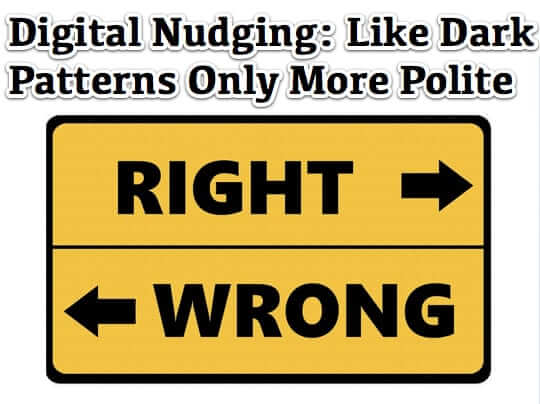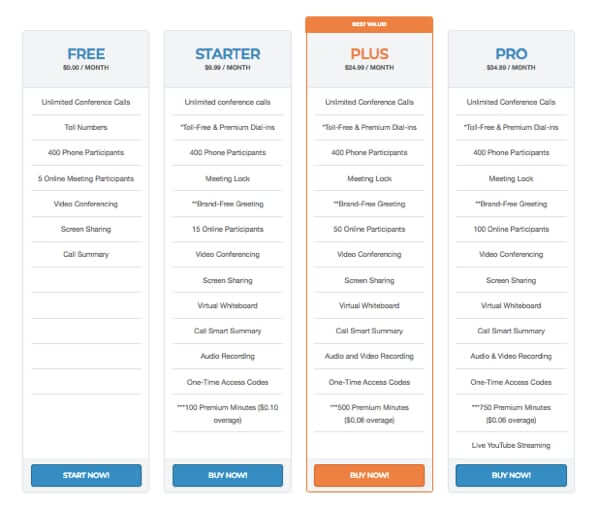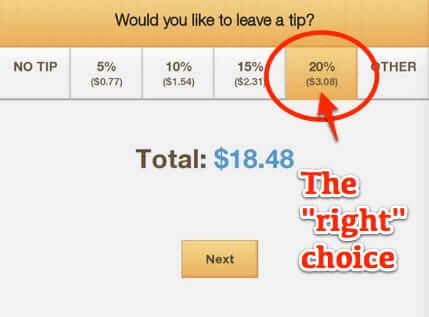
Move over, dark patterns, you’re being.. er.. nudged out by digital nudging. What is digital nudging? Well, you get a digital nudge any time you use a digital platform and, where you have a choice to make, the ‘right’ or ‘correct’ choice is made the easiest to choose, or the most attractive. Of course, right and correct are in the eyes of the marketer or website providing the nudge, not the consumer.
We’re actually all familiar with digital nudging, even if we didn’t put a name to it – or think about it at all. For example, when you are going to make an online donation, often the amount is prepopulated with a specific dollar amount, or there are several options, and one is pre-checked. Either of these subtly suggest that the prepopulated amount – or the pre-checked amount – is the ‘right’ one.
Digital nudging traces back to ‘nudge theory’, which has its roots in the disciplines of behavioral psychology and behavioral economics theories. Originally just referred to as ‘nudging’ in the behavioral and marketing worlds, it was predictable that it would translate to the digital world.
Nudging also has been used to exert influence in non-marketing (and certainly non-online) arenas. For example, Greensboro, North Carolina instituted a program by which they would pay teenaged mothers a dollar for every day they remained not pregnant. Greensboro’s Dollar a Day program turned out to be wildly successful (85% of the girls in the original program remained unpregnant).
Where dark patterns are intended to cause you, through psychological trickery in the design of the platform, into providing personal data that you otherwise might not, digital nudging is designed to push you in the direction of a decision that the nudger wants you to take. It’s a type of influence.
The Internet Patrol is completely free, and reader-supported. Your tips via CashApp, Venmo, or Paypal are appreciated! Receipts will come from ISIPP.
Researches Christoph Schneider, Markus Weinmann, and Jan vom Brocke define digital nudging as “the use of user-interface design elements to guide people’s behavior in digital choice environments, and present a digital nudge design process to help online choice architects take nudging principles into consideration when designing digital choice environments like Web sites and apps.”
While their research is primarily academic, the marketing community is very open about the practical applications of digital nudging (are you feeling manipulated yet?)
Examples of digital nudging are all around us. Take for example the pricing plans of most online services (the below happens to be from the Free Conference Call service, but it could be any one of thousands of plans).
Digital Nudging by FreeConferenceCall.com
In the above example, there is actually more than one form of digital nudging going on. First, by making the Plus plan bordered in a different color, and a little taller, they are drawing your eyes to it. Second, by positioning it next to a more expensive plan, they are manipulating you to think something along the lines of “no way I’m going to pay $35 a month for this – but $25, now that’s reasonable.” Third, they tell you right at the top of the ‘Plus’ plan that it’s the best value.
There are variations of this scheme (for example often the one they want you to choose says “most popular”, to throw in some social proof), but they all have in common that they are manipulating you into making the “right” choice.
Another example with which most will be familiar is the tip nudge.

In an article titled How You Can Leverage the Nudge in Your Digital Marketing, Digital business consultancy Enginess.io explains digital nudging this way:
Instead of hitting your customers over the head with your call to action, nudge marketing is meant to gently push your customers towards the action you want using subtle cues. It is essentially a consumer influencing strategy: by manipulating how and when information is presented to consumers, you can steer them towards the behavior you’re hoping for. By subtly promoting the choice you want people to make, they’ll gravitate towards it without even noticing.
And maybe there is nothing wrong with that.
Or maybe there is.
Where is the “acceptable marketing practices / unacceptable manipulation” line?
The Internet Patrol is completely free, and reader-supported. Your tips via CashApp, Venmo, or Paypal are appreciated! Receipts will come from ISIPP.









